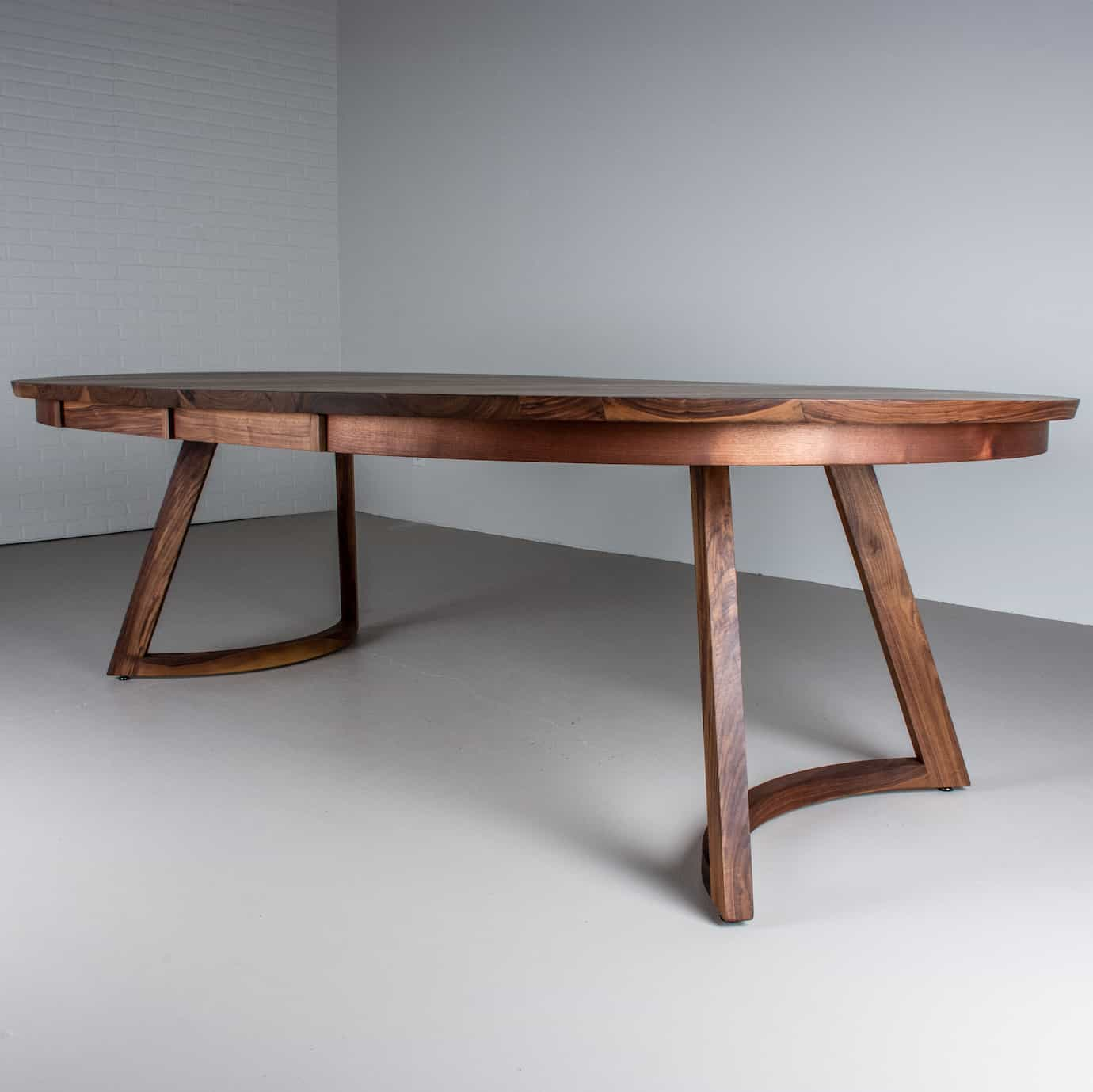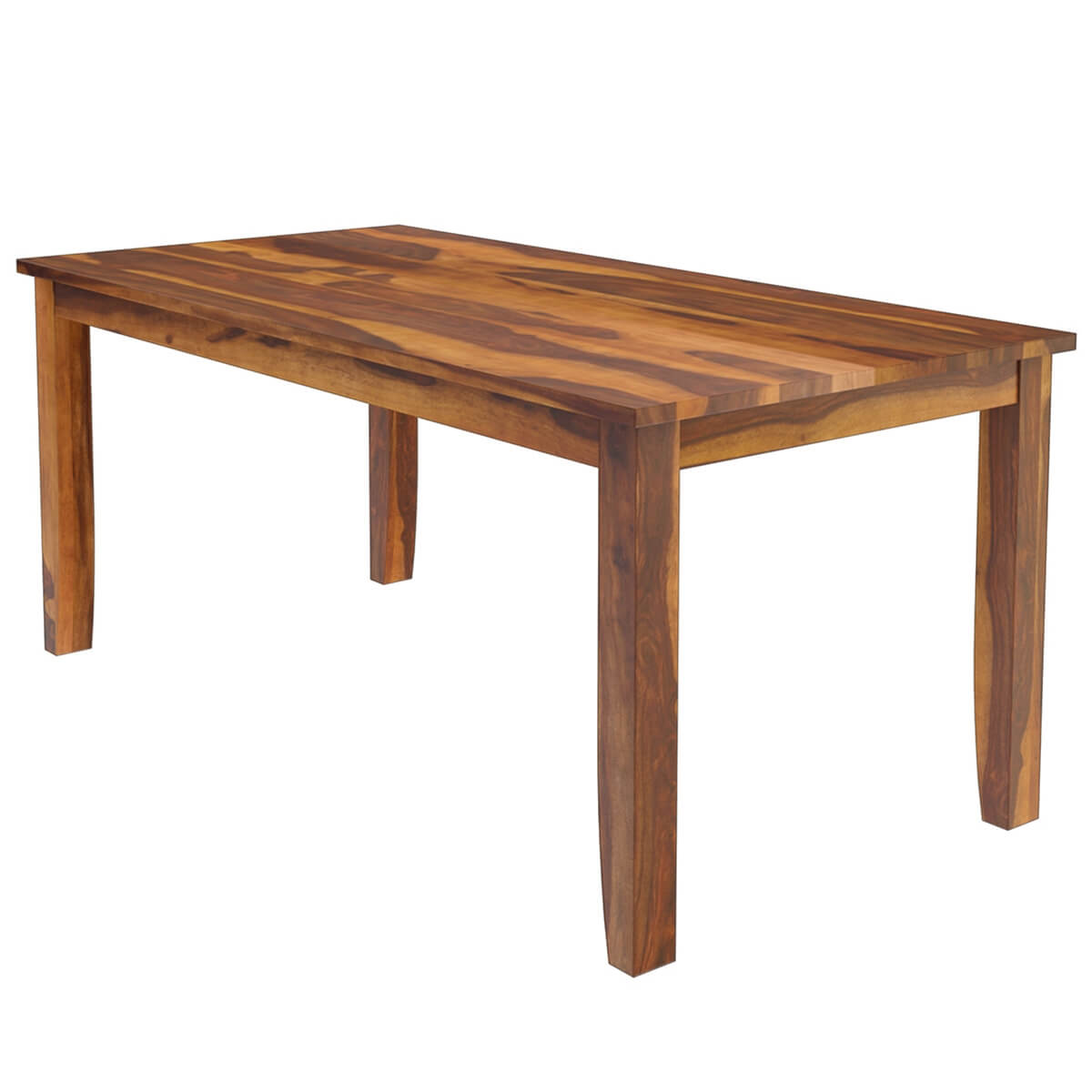Enhance Your Dining Experience with Timeless Dining Table Legs Wood
Enhance Your Dining Experience with Timeless Dining Table Legs Wood
Blog Article
Checking Out the Various Sorts Of Table Legs Timber for Your Eating Space
The option of eating table legs wood can exceptionally affect both the functional and aesthetic qualities of your dining area. Solid timber alternatives, such as oak and walnut, offer a classic look with unequaled resilience, while engineered timber choices use innovative layouts that simulate the richness of natural grains.
Strong Timber Options

Additionally, solid timber is renowned for its toughness and long life. Unlike engineered products, solid wood is less prone to bending and damage with time when properly maintained. This makes it a suitable selection for households or those that often organize celebrations. Each item of solid wood is one-of-a-kind, showcasing private characteristics that contribute to the appeal and personality of the dining table.
In addition, strong timber can be ended up in countless means, varying from all-natural oils to discolored surfaces, enabling homeowners to customize their furnishings to match their style. In recap, picking strong wood for dining table legs not just ensures structural honesty but likewise improves the aesthetic charm of the dining location, making it a worthwhile financial investment for any type of home.
Engineered Timber Alternatives

Plywood, created from numerous layers of timber veneer, is steady and specifically solid, making it an outstanding choice for dining table legs. Its layered composition allows it to hold up against adjustments in humidity and temperature level much better than typical solid wood. MDF, on the other hand, supplies a smooth surface for paint or veneering, making it possible for developers to achieve a refined look while maintaining architectural integrity.
When picking engineered wood options, it is crucial to think about the intended use and preferred visual. These materials not only enhance the functionality of dining areas yet also allow for higher style adaptability, making certain that contemporary and traditional designs can coexist harmoniously.
Reclaimed Wood Features
Recovered timber supplies an unique blend of sustainability and personality, making it a significantly prominent option for eating table legs. Sourced from old barns, manufacturing facilities, and other frameworks, redeemed wood personifies a history that new materials just can not duplicate. Each piece lugs its own tale, noted by distinct blemishes, knots, and varying grain patterns, which add to a table's distinct aesthetic appeal.
In addition to its visual appeal, recovered timber is an eco-friendly alternative. By repurposing previously made use of materials, it lowers the need for brand-new lumber, thus helping to minimize and preserve woodlands waste. This lines up with an expanding customer choice for sustainable techniques in furniture.
Furthermore, reclaimed wood is usually more sturdy than recently harvested wood due to its age. The all-natural drying procedure that recovered timber undergoes cause a denser and stronger material, making it much less prone to bending and splitting. This enhances the longevity of eating tables, permitting them to withstand the rigors of day-to-day usage.
Softwood vs. Hardwood
When choosing dining table legs, recognizing the differences in between softwood and hardwood is crucial for attaining both practical and visual goals. They typically display an even more rustic look, making them appropriate for casual or country-style dining spaces.
On the other hand, hardwoods, sourced from deciduous trees like oak, maple, and cherry, are renowned for their density, toughness, and resilience. The complex grain patterns and abundant tones of hardwoods provide a ageless and advanced allure, making them optimal for formal eating setups. While woods tend to be much more costly and larger, their resilience against deterioration frequently validates the investment.
Eventually, the option in between softwood and hardwood for dining table legs must align with your style vision, use requirements, and budget plan, making sure that your eating room see here reflects your individual design while continuing to be useful with time.

Surfaces and Treatments
The visual allure and longevity of dining table legs can be dramatically boosted through numerous coatings and treatments. These procedures not only protect the timber from damages but additionally boost its look, permitting Extra resources it to enhance varied interior designs.
One typical treatment is discoloring, which permeates the wood and boosts its all-natural grain while including color. Discolorations offer a rich, elegant look, allowing home owners to match their furniture with existing decor. Alternatively, clear surfaces such as polyurethane or varnish develop a protective layer without changing the wood's initial shade, making certain longevity versus damage.
Furthermore, all-natural oils, like tung or linseed oil, nourish the timber and provide a refined shine, all while being environmentally friendly. These oils permit the surface to breathe, protecting against wetness build-up and prospective warping.
For those seeking a rustic appeal, distressed or weather-beaten finishes can be related to develop an aged look, including character to the item. Inevitably, the option of coatings and therapies depends upon personal choice, preferred visual appeals, and the specific wood type, making it necessary to consider these aspects when selecting eating table legs for your space.
Final Thought
Solid timbers, crafted choices, and reclaimed choices each deal unique benefits, catering to different preferences and requirements. Eventually, the choice of timber type ought to straighten with wanted design, longevity, and ecological factors to consider, boosting the general eating experience.
The option of dining table legs wood can exceptionally impact both the useful and aesthetic qualities of your dining area - Dining Table Legs Wood. Solid timber choices, such as oak and walnut, give a traditional look with unmatched longevity, while crafted wood choices use innovative styles that resemble the splendor of all-natural grains. Strong wood offers a classic quality that can elevate the overall design of an eating room. Each piece of strong timber is special, showcasing specific qualities that add to the charm and character of the dining table
Moreover, reclaimed wood is commonly a lot more Our site resilient than freshly harvested timber due to its age.
Report this page